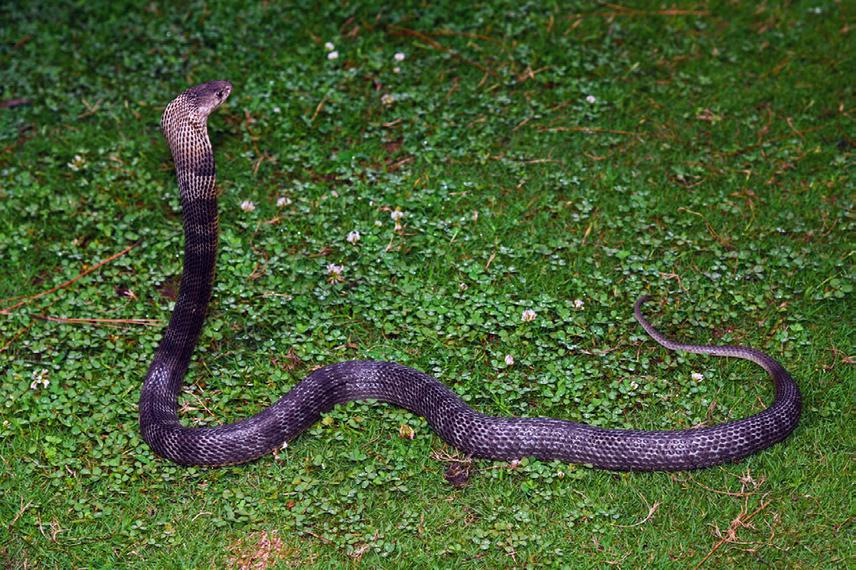Vishal Santra
While the Himalayan biodiversity hot spot has been well studied for mammals, birds and plants, reptiles have been largely neglected. A 2017 pilot survey in Himachal Pradesh indicated that existing checklists are incomplete and incorrect, with several potential new species, and even genera, being identified through DNA analysis. We wish to carry out a more systematic survey in Himachal Pradesh and Sikkim in the eastern Himalayas, between June and October 2018, to obtain additional samples of these potential new species, combined with a more thorough survey of their distribution, to enable species descriptions and checklists to be prepared for the region. The other important aspect of the survey we wish to carry out is to engage with locals and students of the targeted region regarding snake awareness and conservation through presentations and educational materials. We also wish to train Forest Department staff regarding snake rescue and management.

Female N. oxiana displaying juvenile hood markings
We will be visiting a number of locations outlined above to carry out the following activities:
• Survey for reptile species diversity.
• Communicate with local people in an effort to determine snakebite rates, which species are biting people and educate them on methods to reduce conflict with venomous snakes.
• Liaise with forest department workers at each location, whilst doing so we will provide training in safe handling practices and how to avoid conflict with venomous snakes.
• Hand out educational material related to snakebite in the form of posters, stickers, books etc to schools, public places and forest department buildings.
• Collect DNA samples in the form of blood, tissue and scales for genetic analysis on the taxonomy of the species found during our field work.
• Carry out detailed morphological analysis for taxonomy of the species encountered and collected during the field work.
• Collect venom for venomics work looking into the effectiveness and efficiency of antivenom on the venom of snakes found in Himachal Pradesh.
Many of the species found within Himachal Pradesh, such as Gloydius himalayanus (Himalayan pit-viper) are not found in other locations within India. As a result they are often excluded from any research involving venomous snakebite in India. This results in us knowing very little to nothing about the snakebite rates or medical significance of these species. During our field work we hope to catalogue the species which are present within Himachal Pradesh and determine the status of snakebite within the state. Collecting DNA samples will allow us to clearly understand which species are present and if they are distinct from populations found within and in other parts of India. Whilst collecting venom samples will allow us to determine if more work is needed to produce new and more specific antivenoms within Himachal Pradesh.